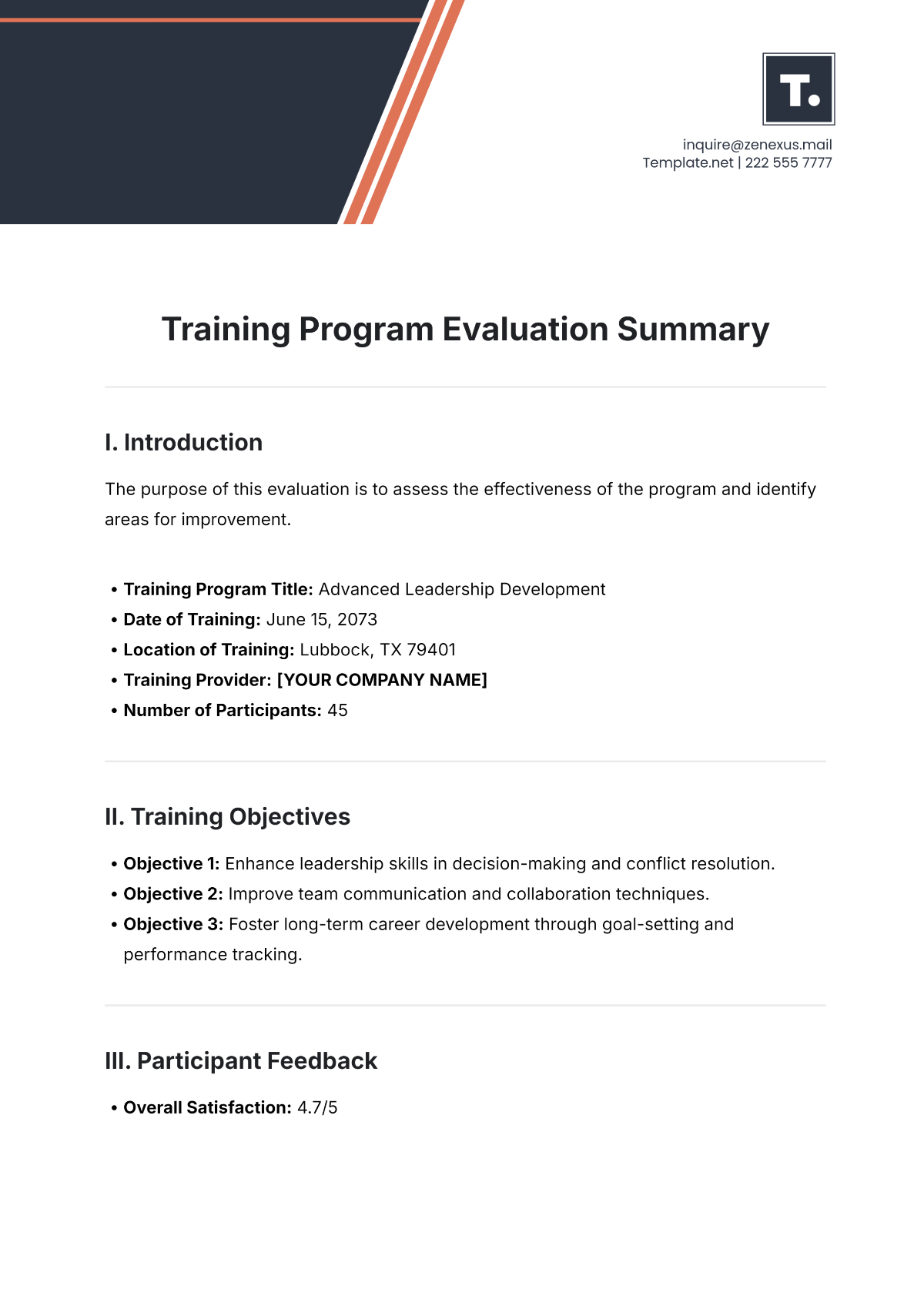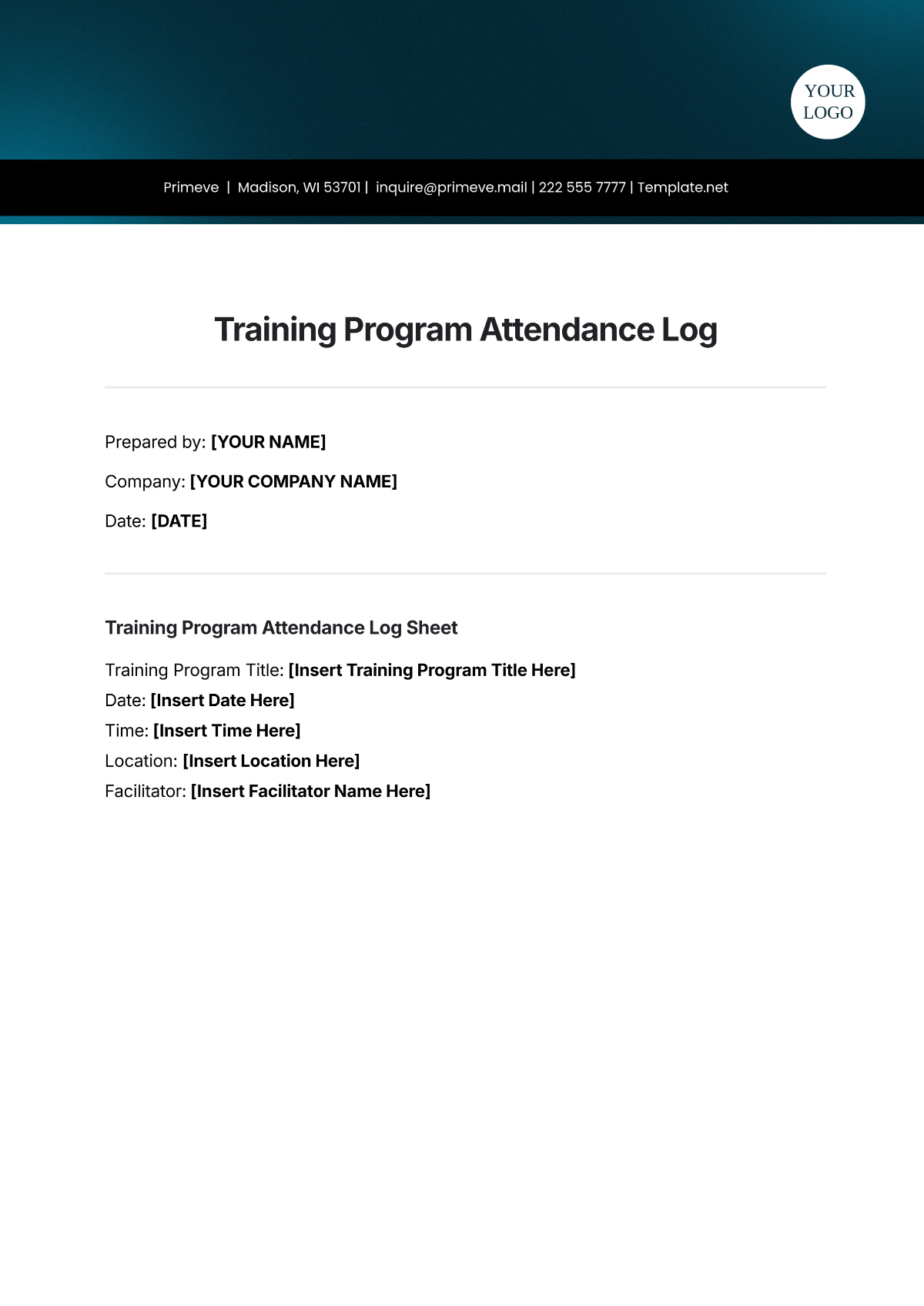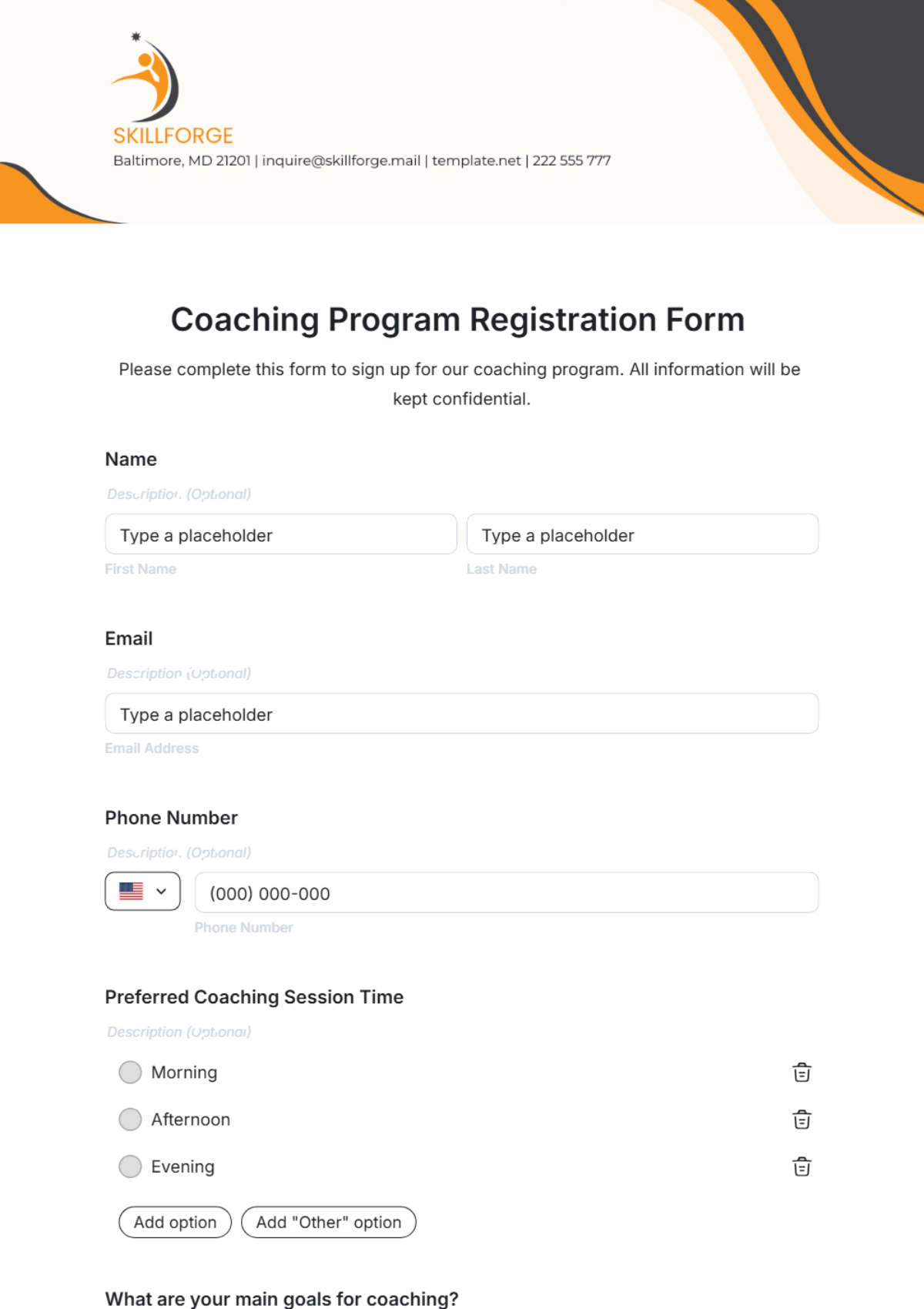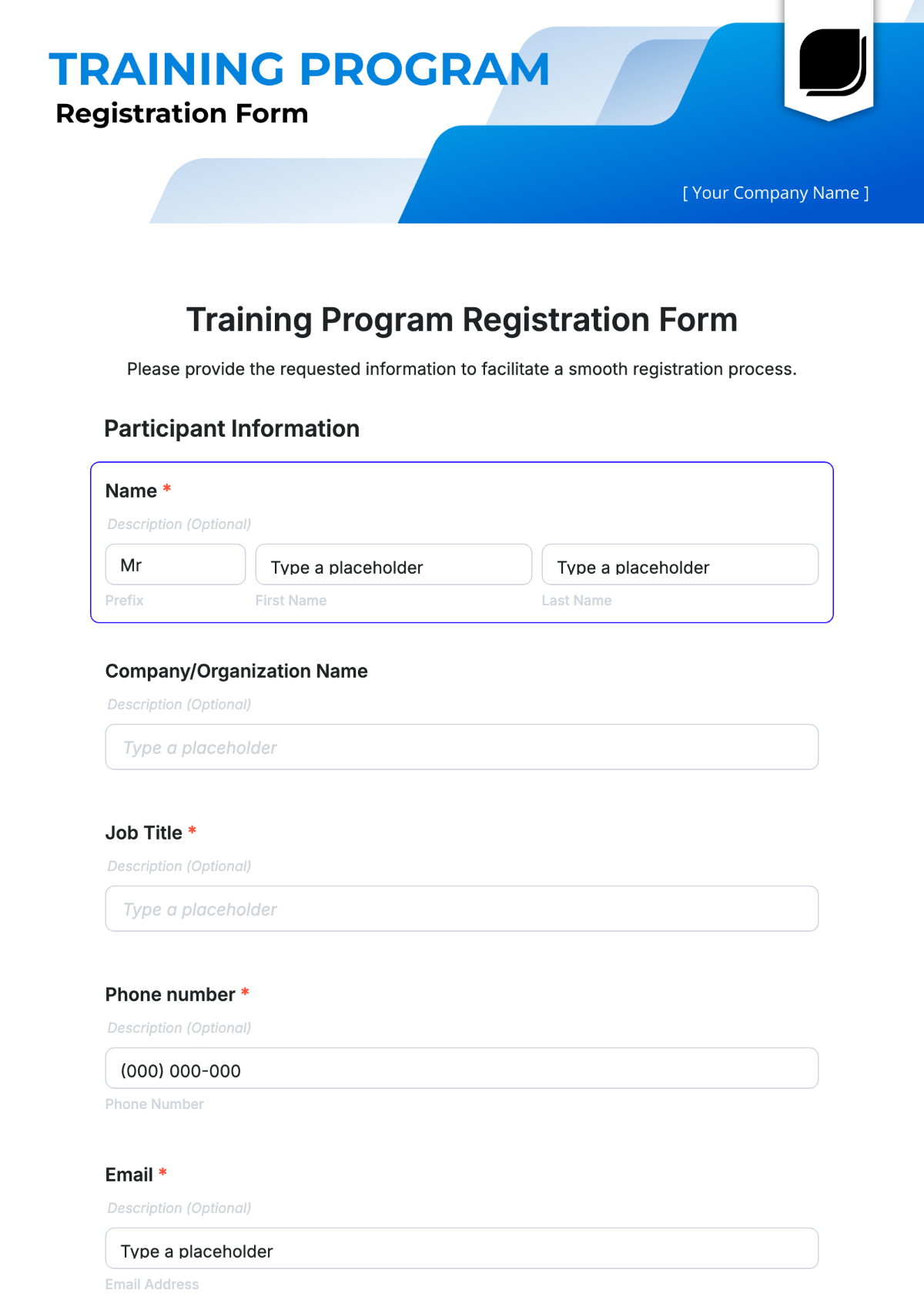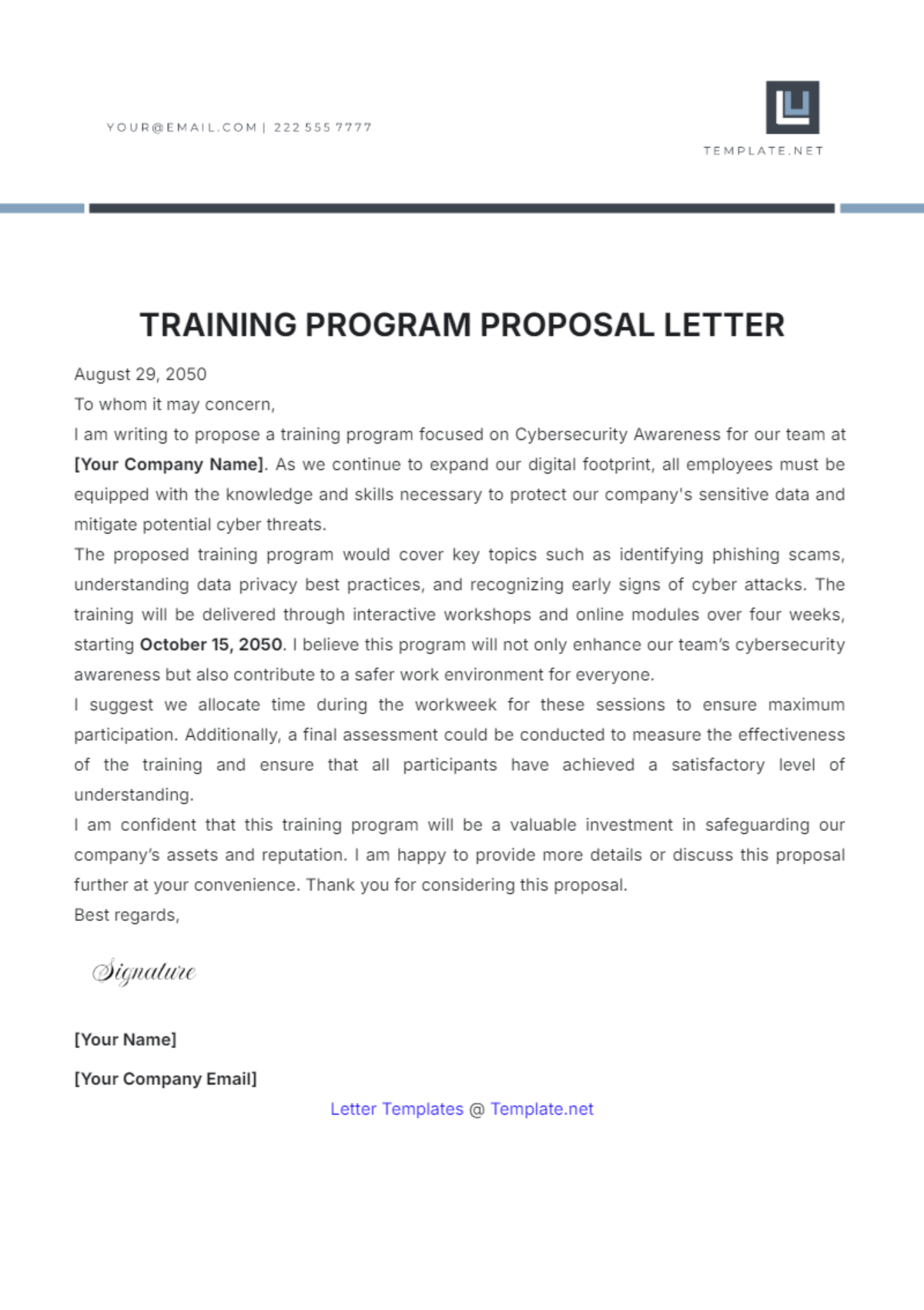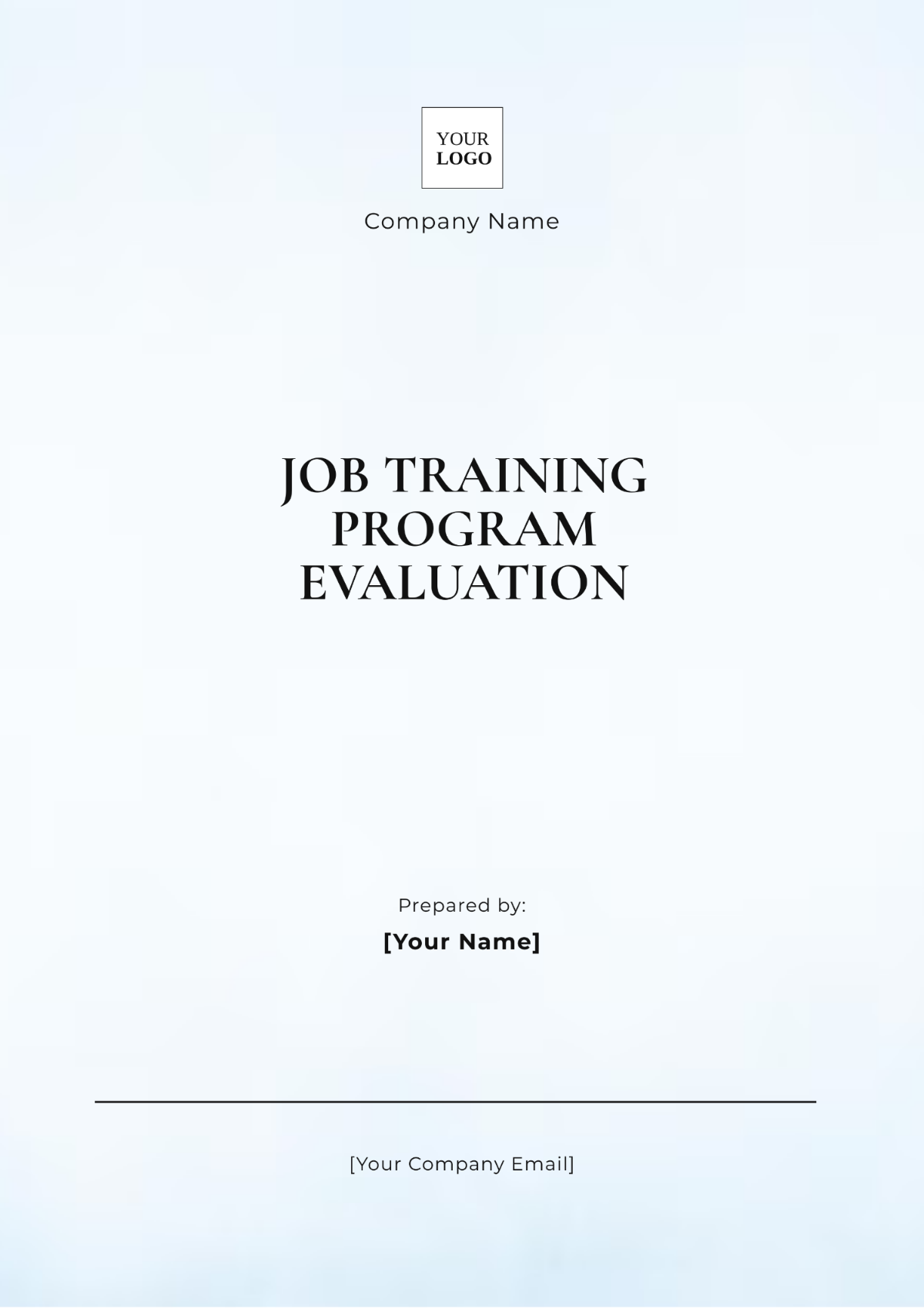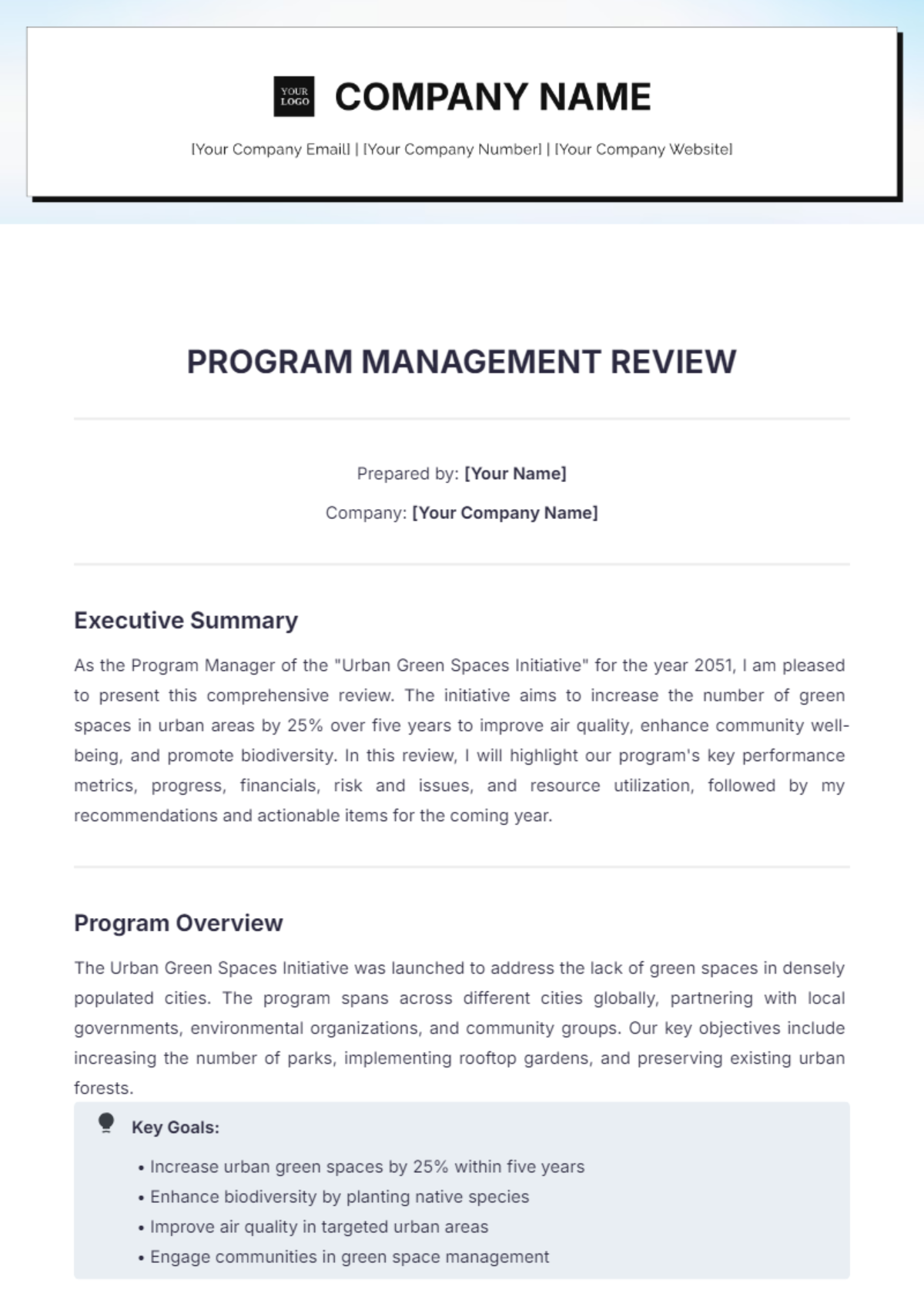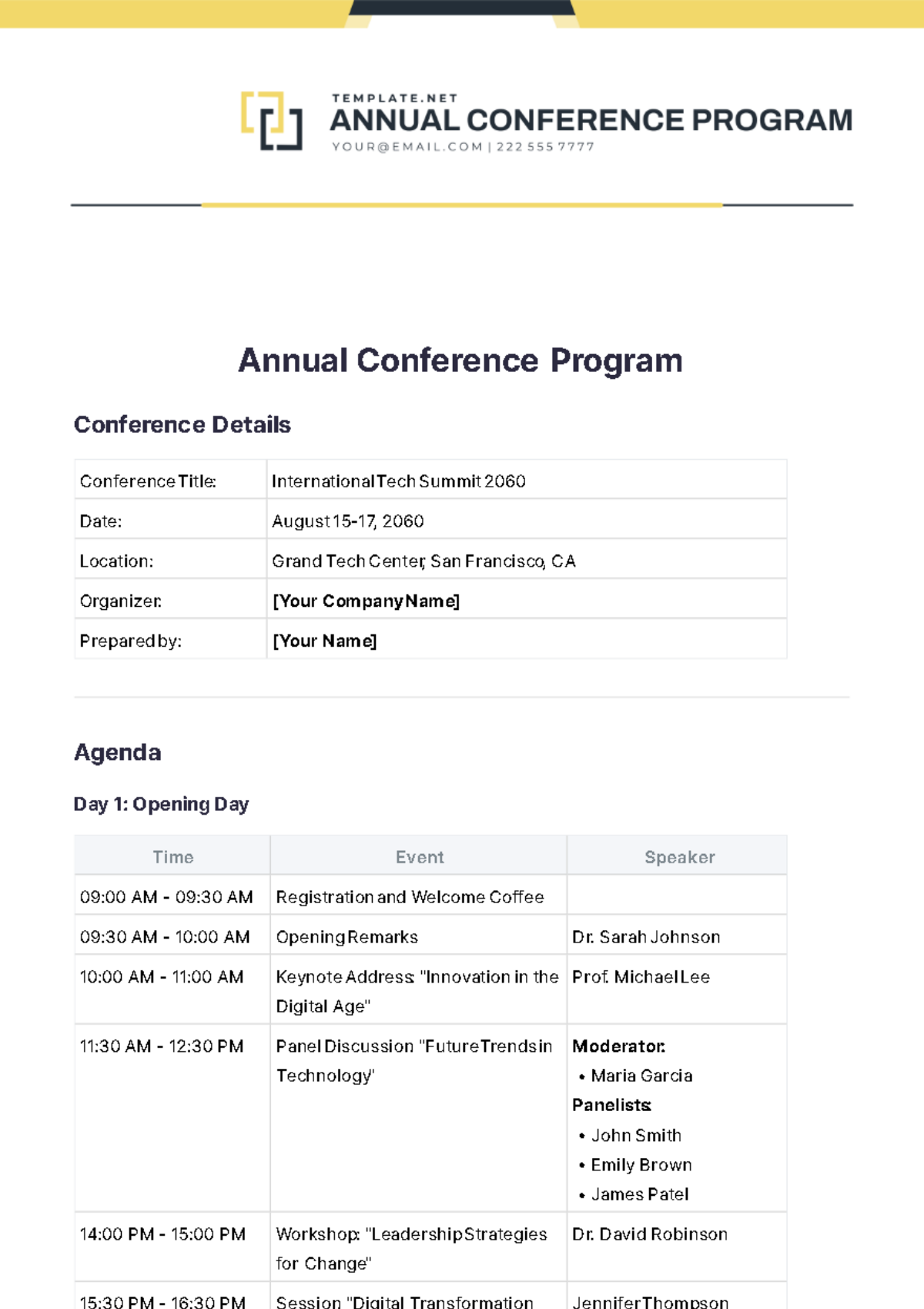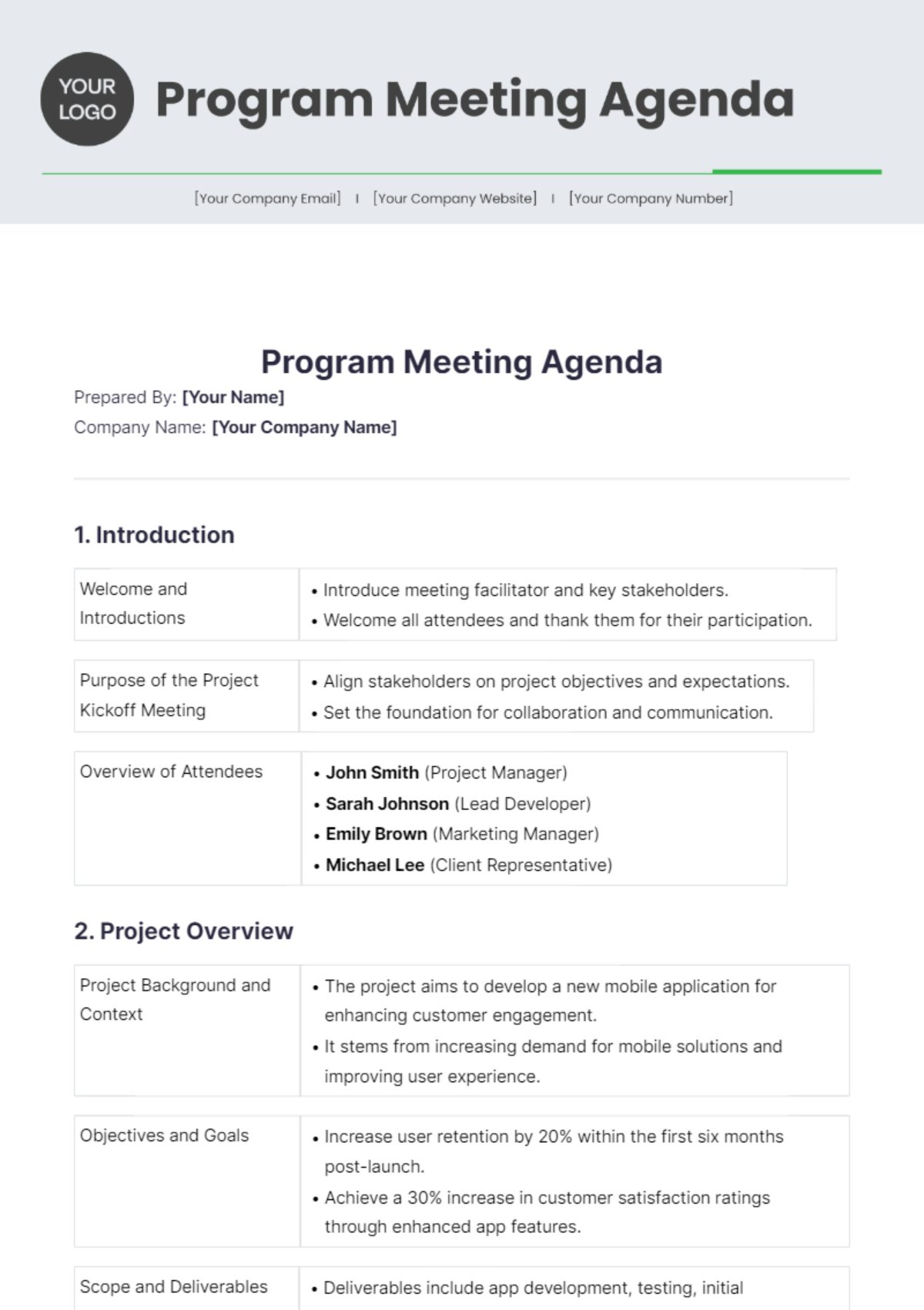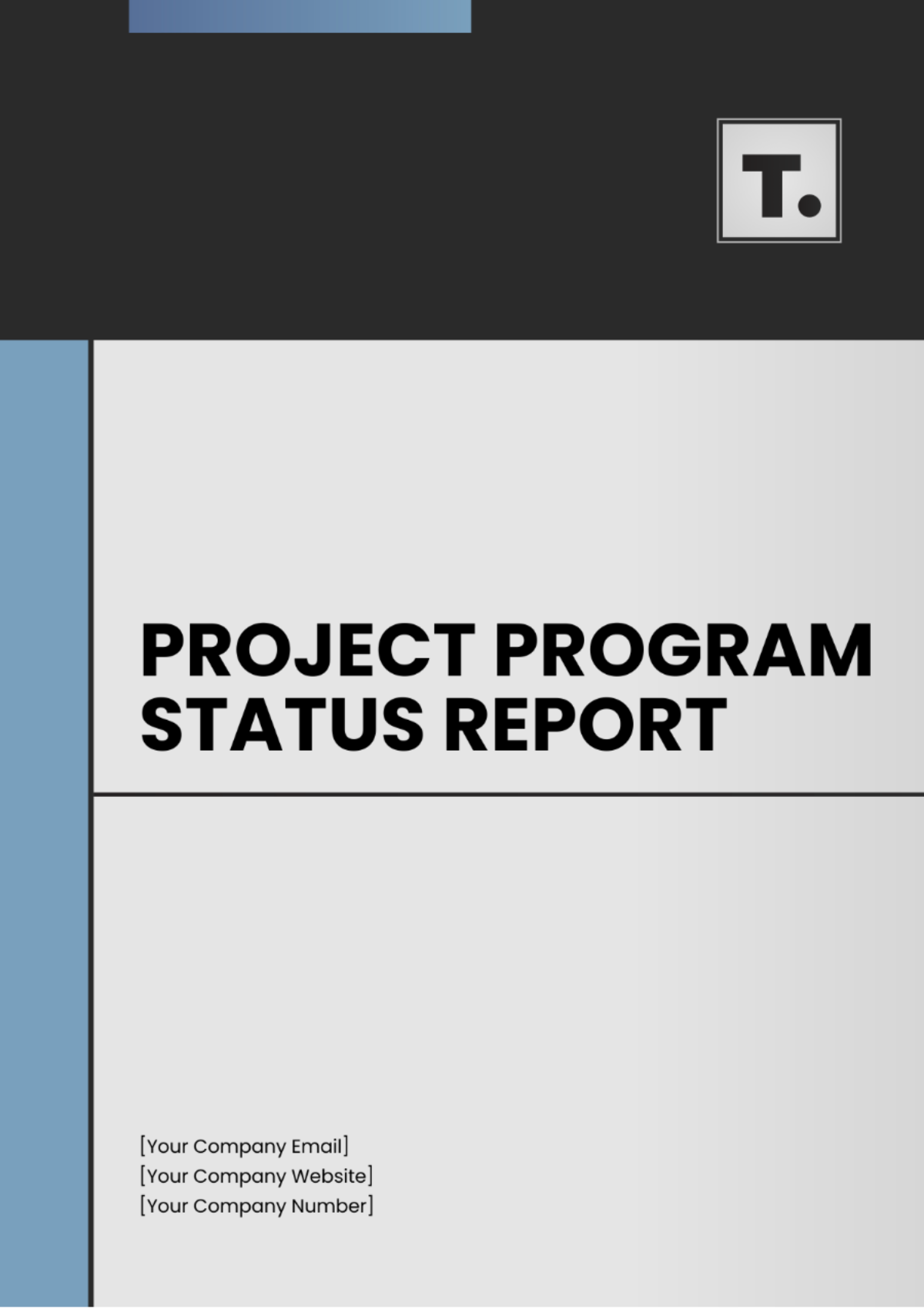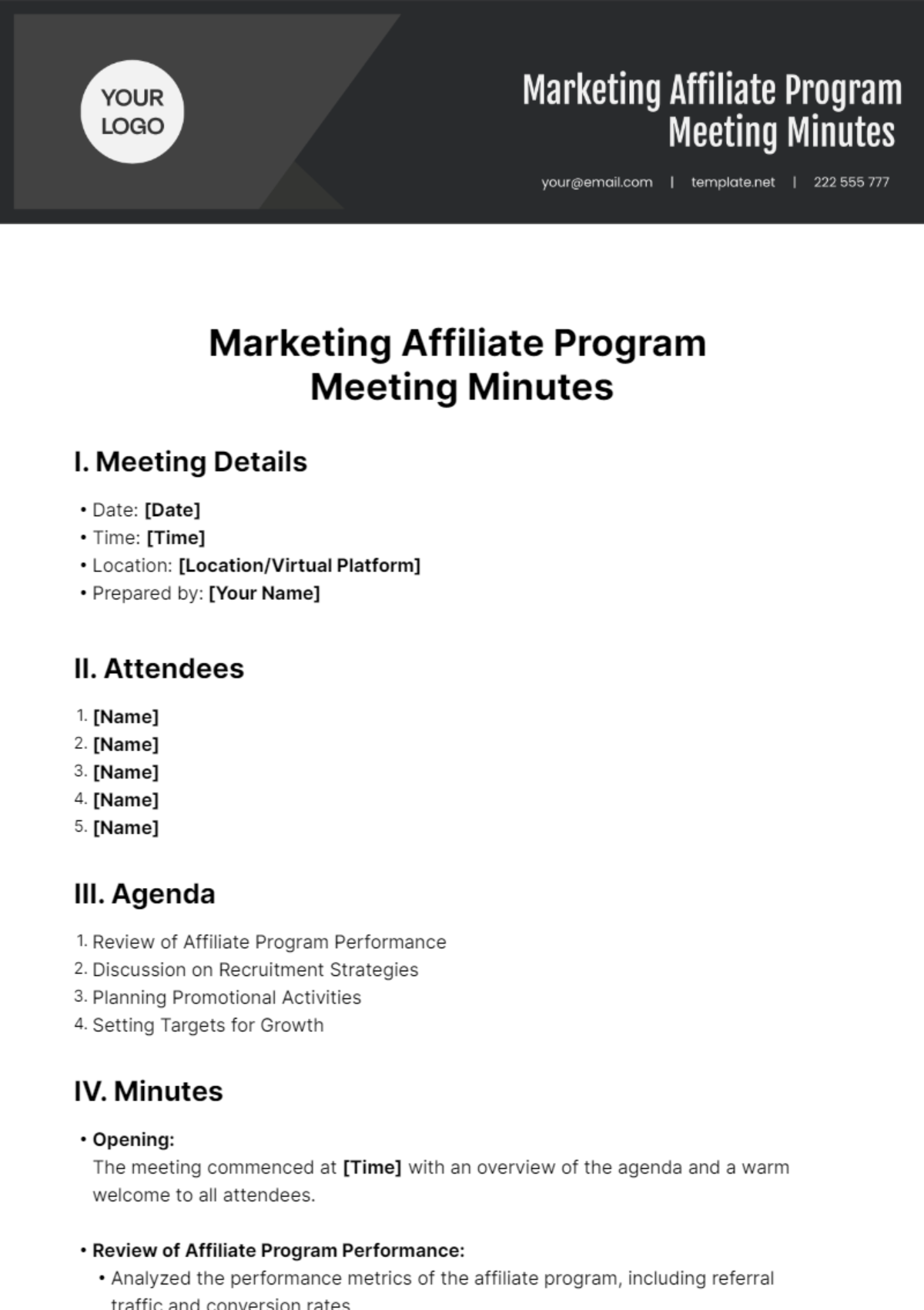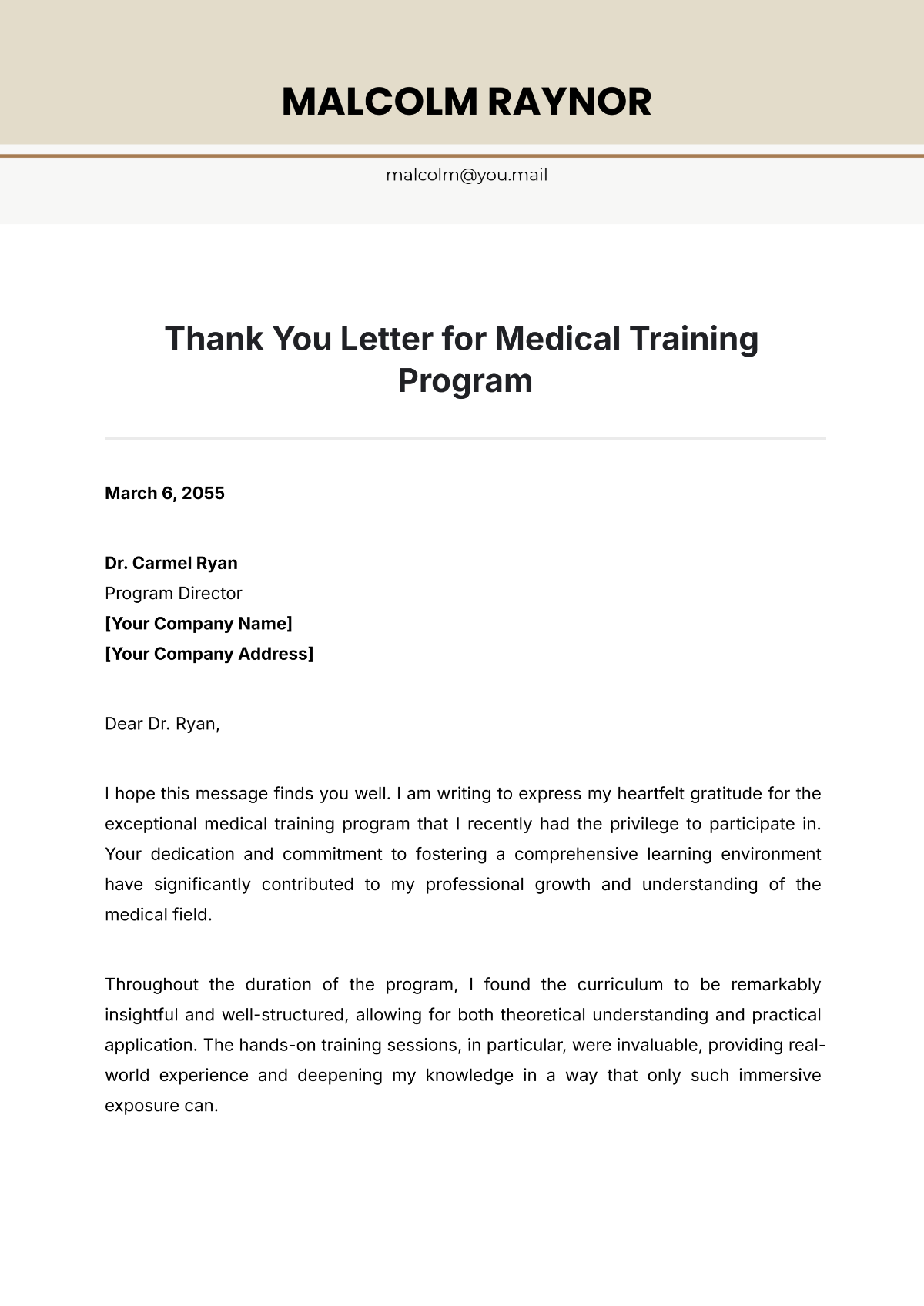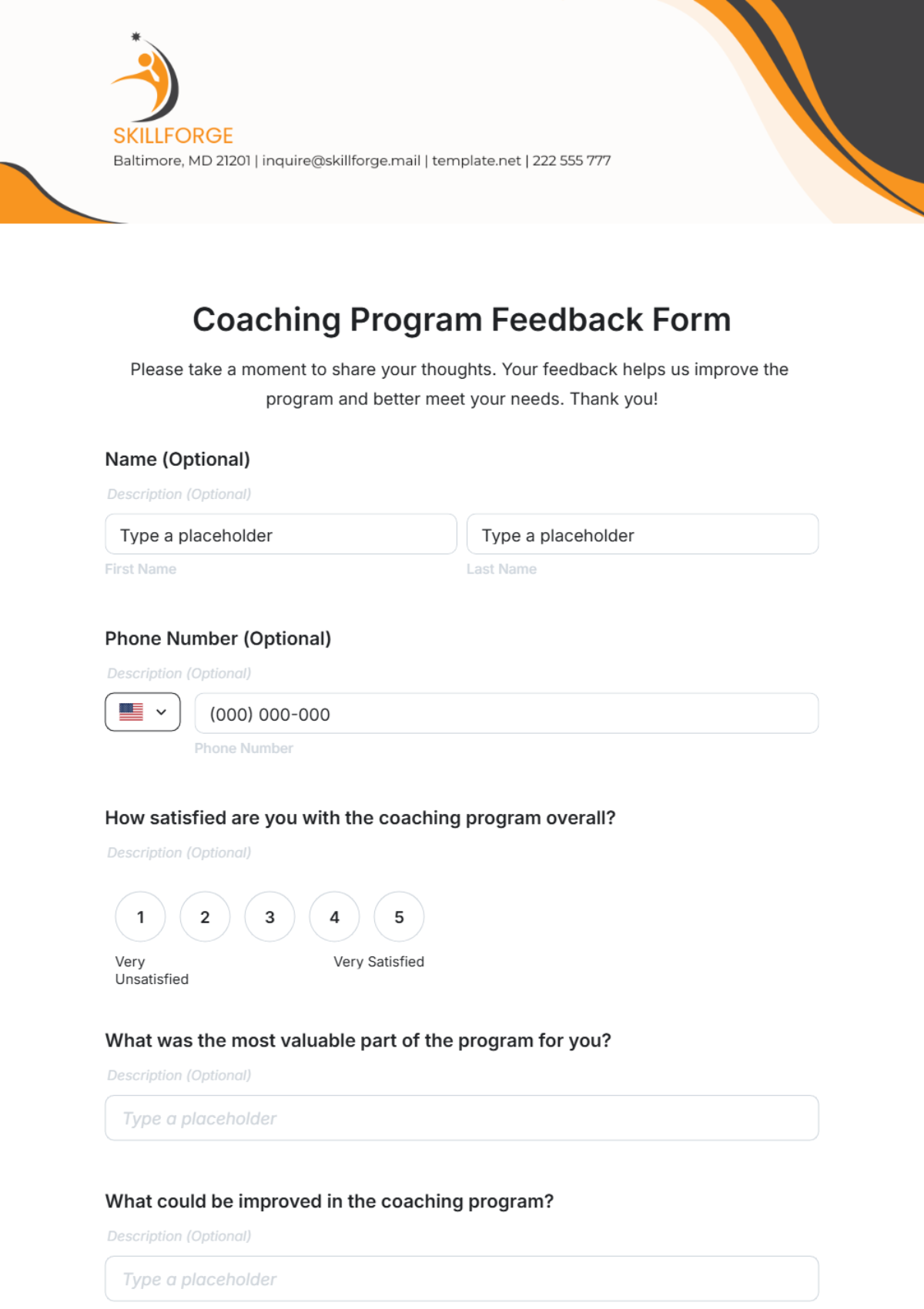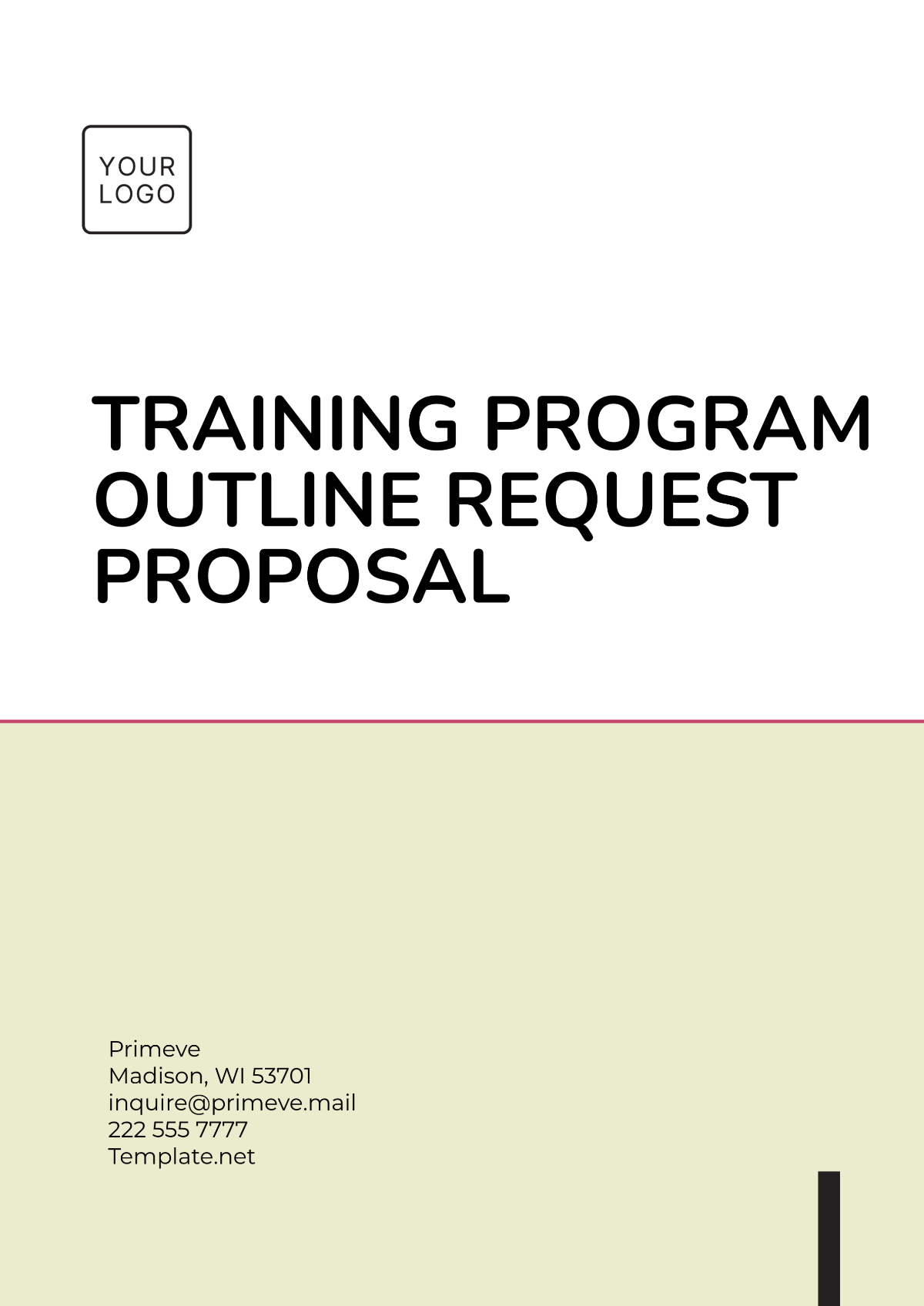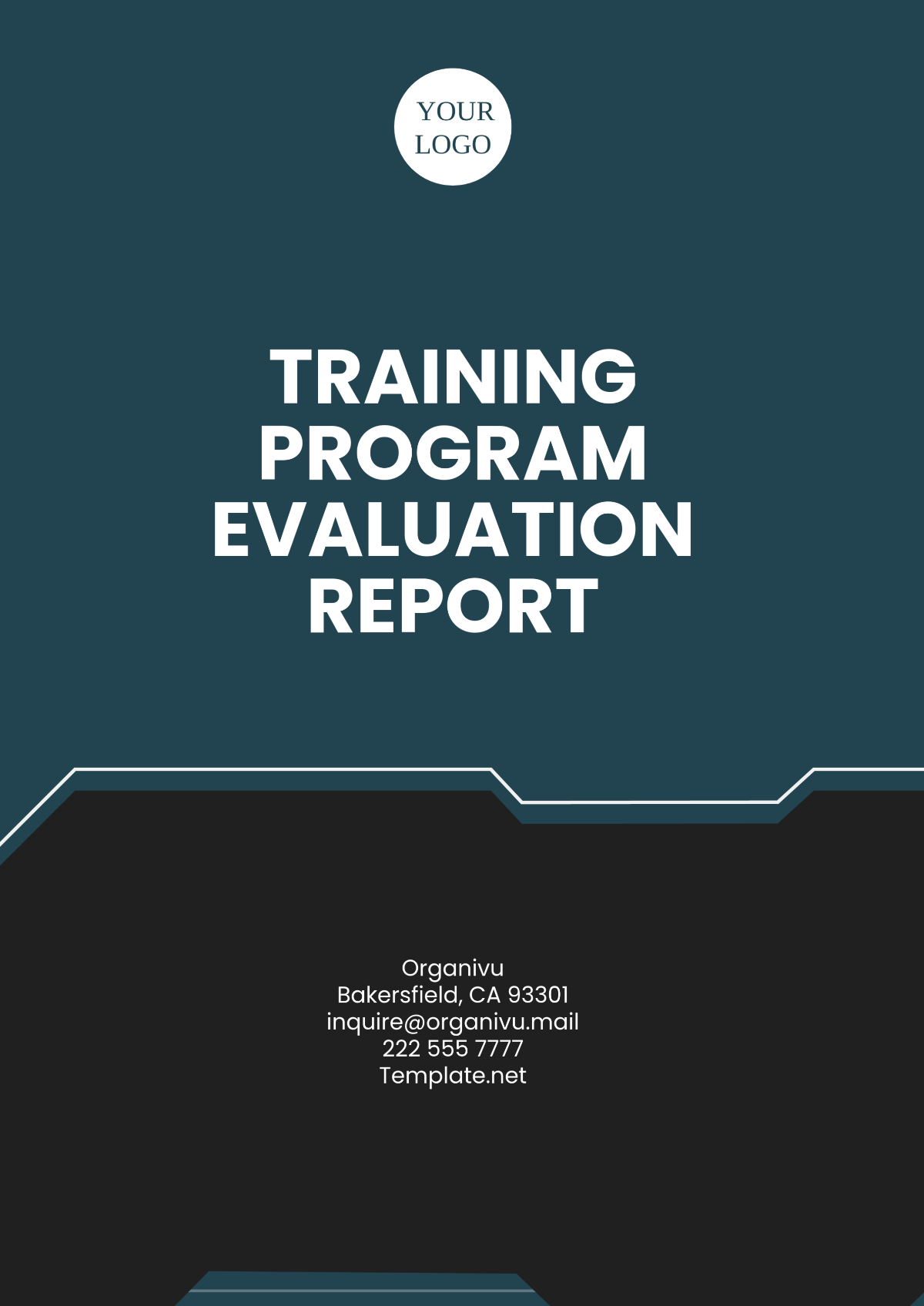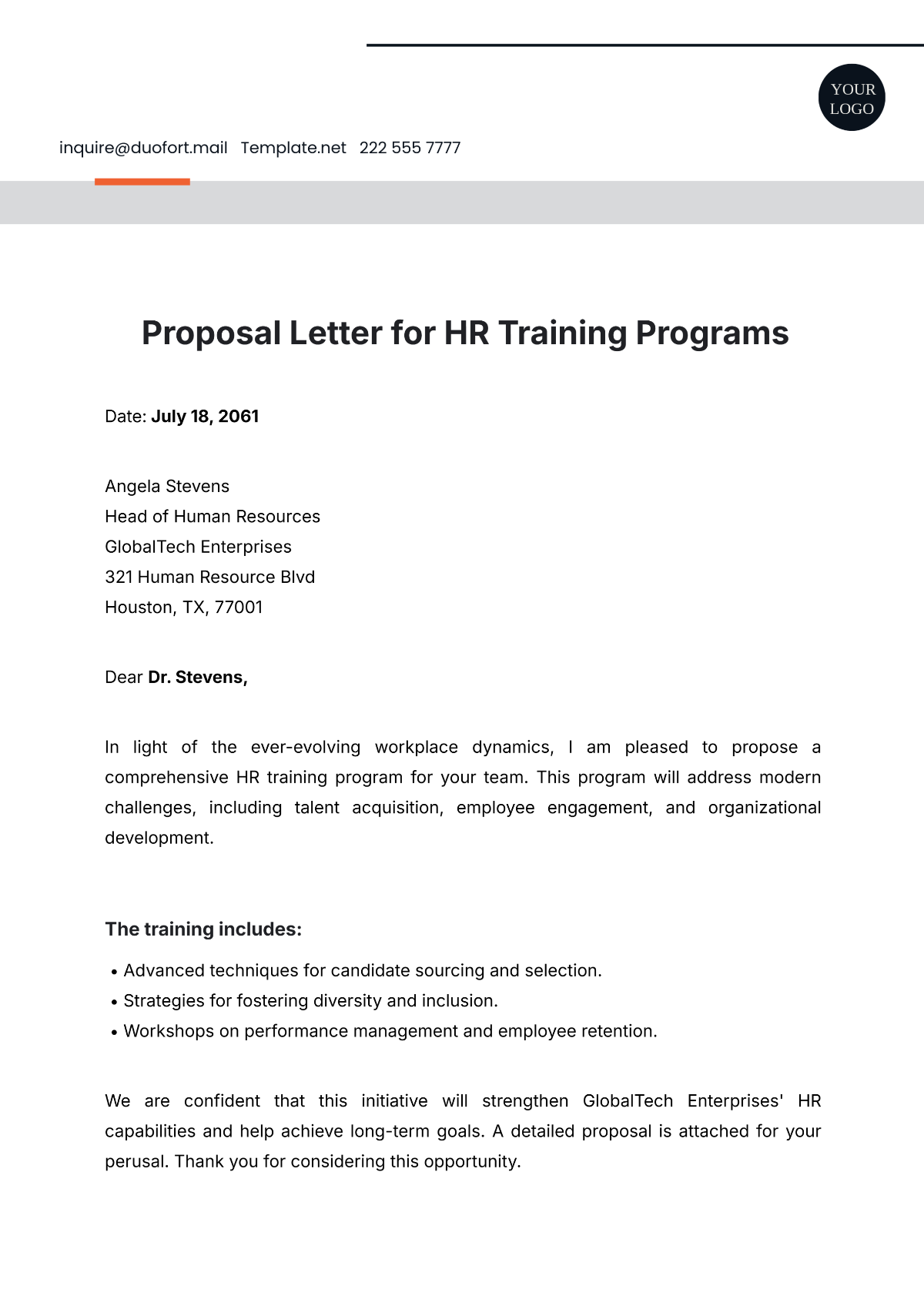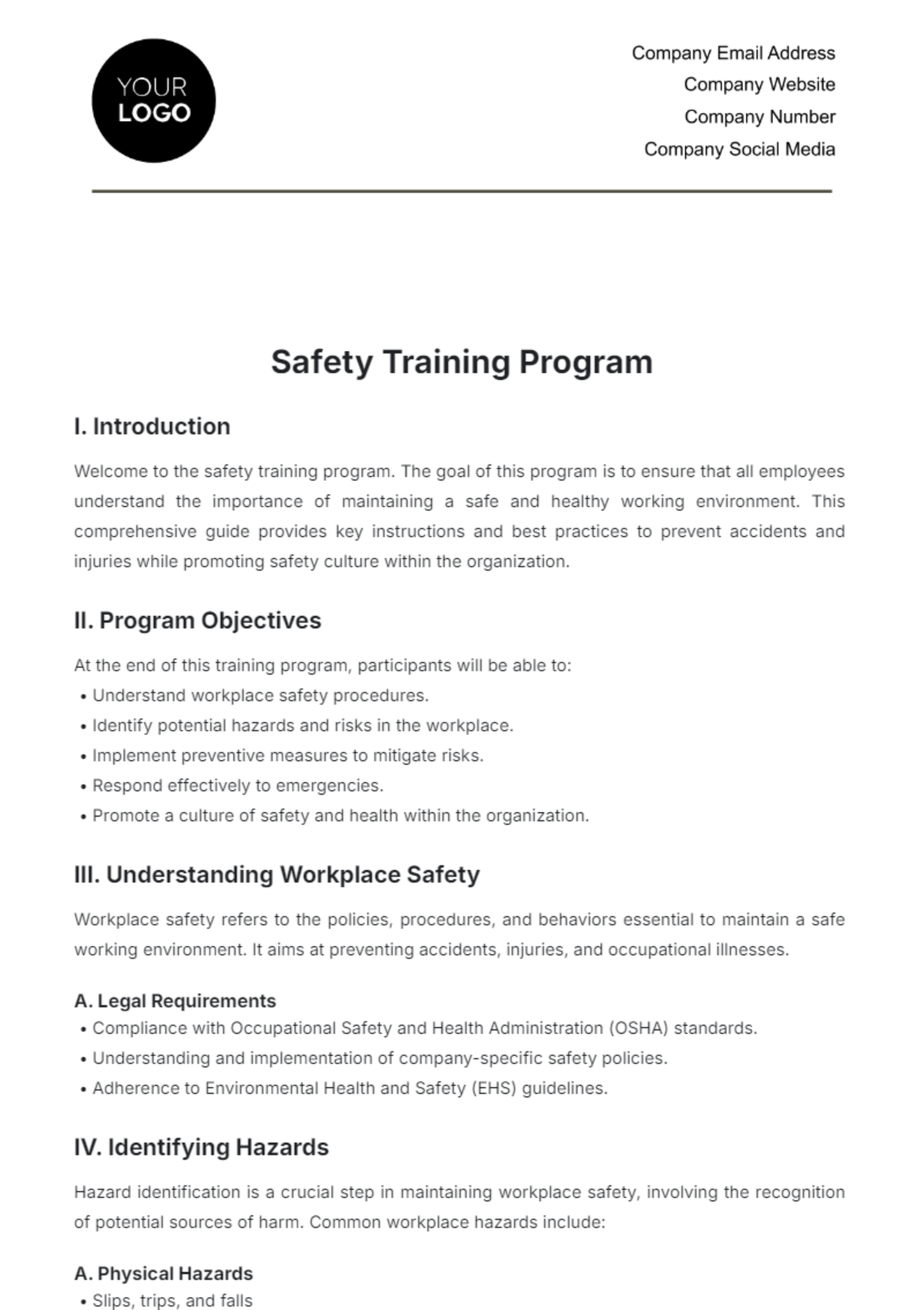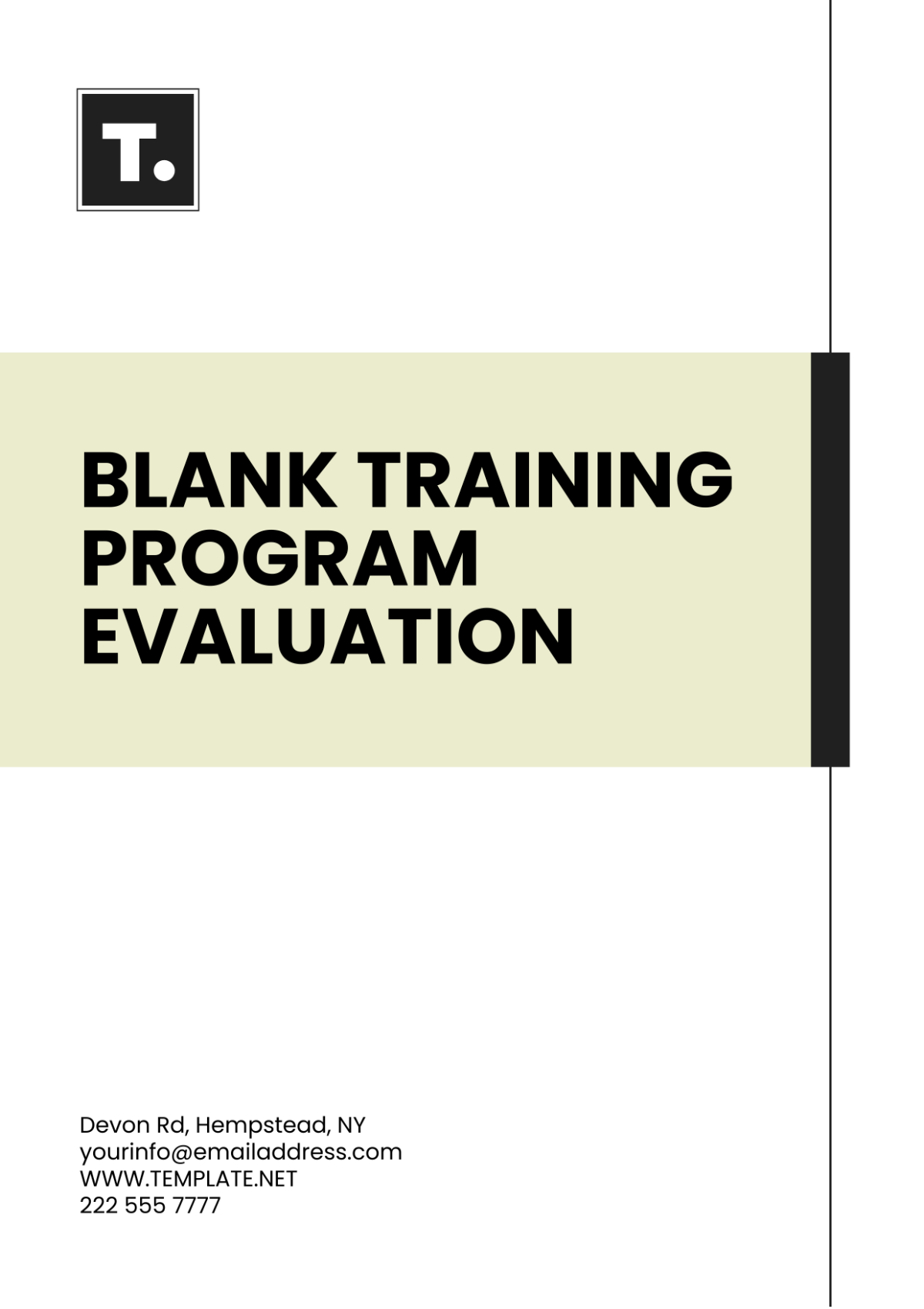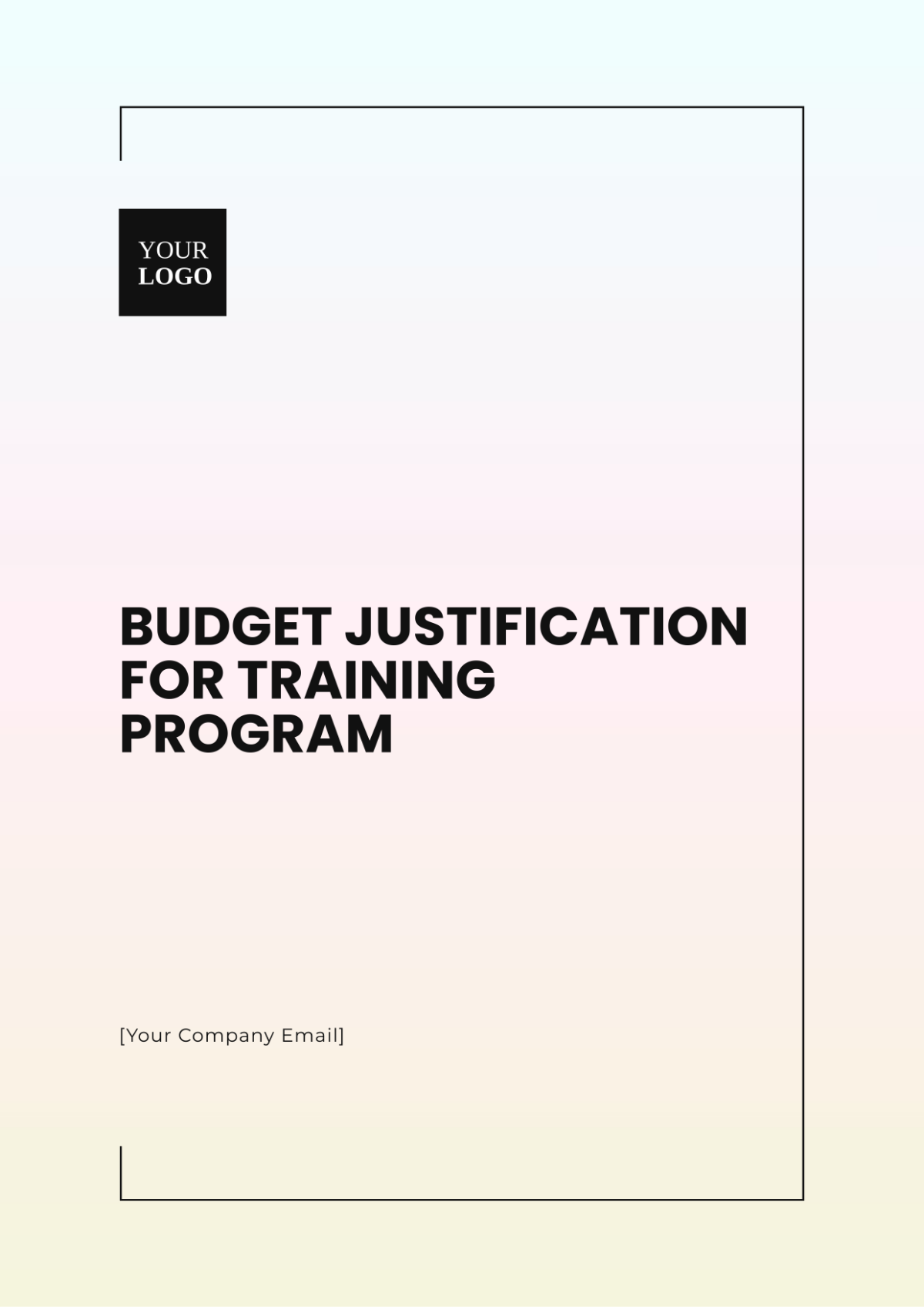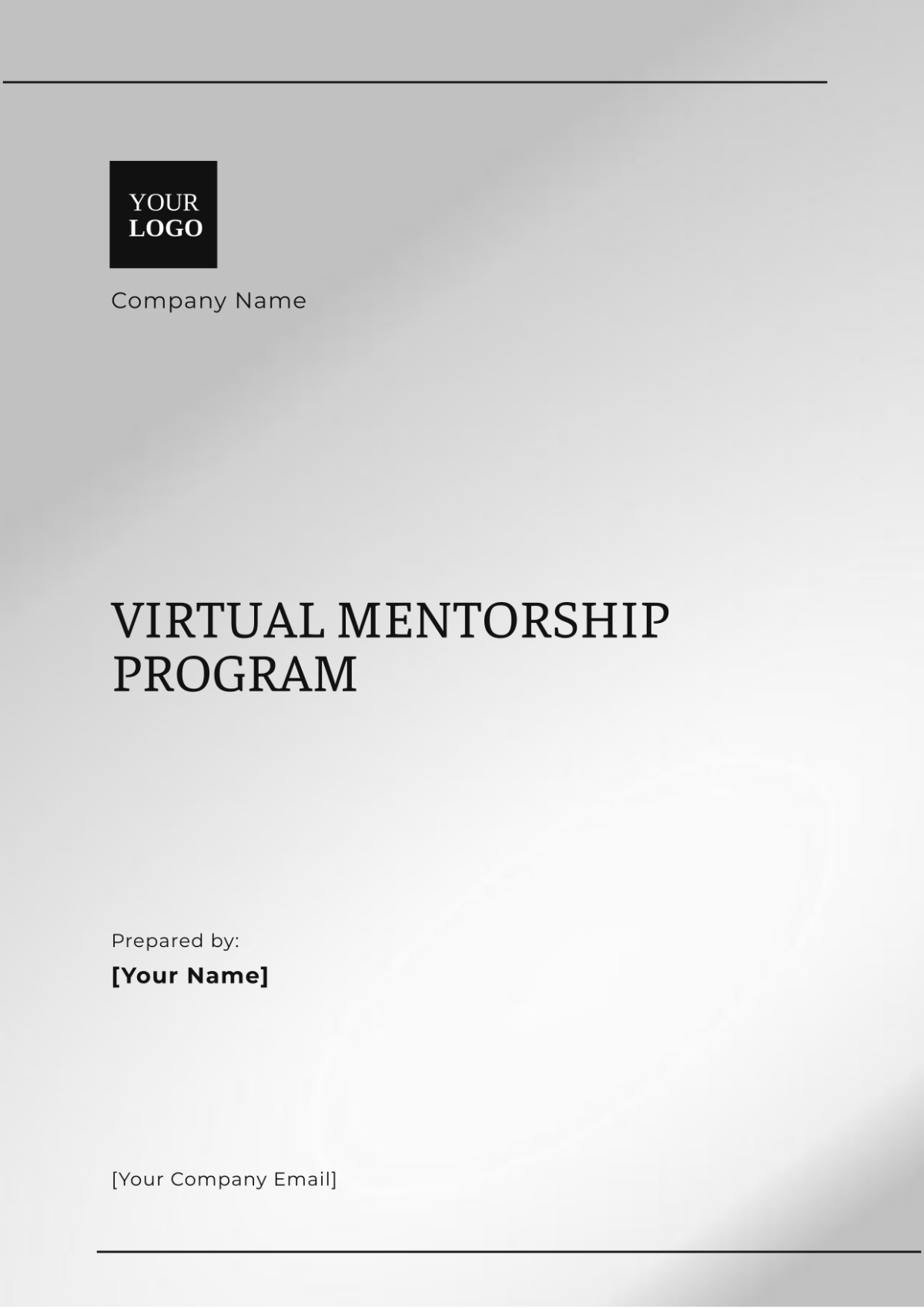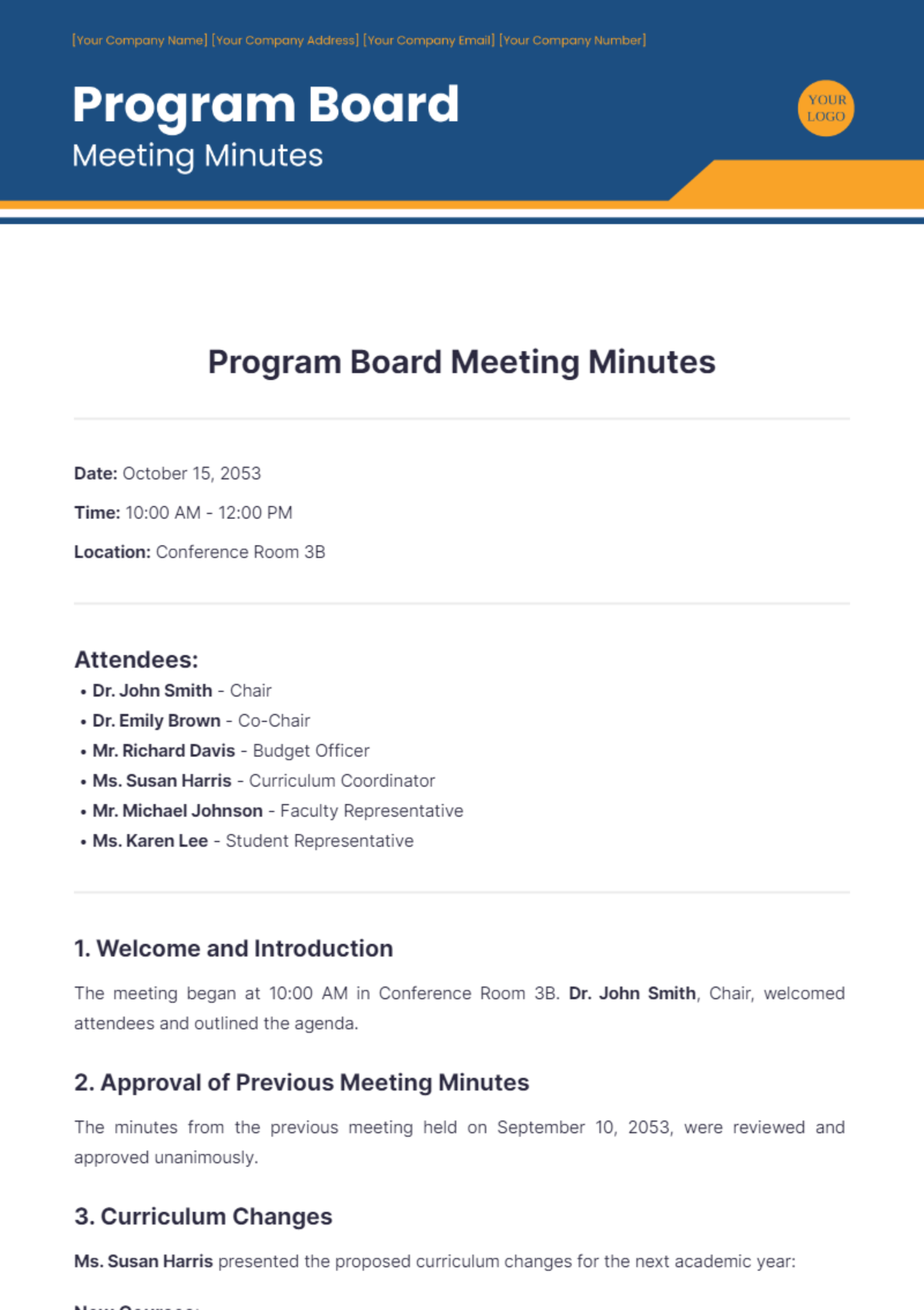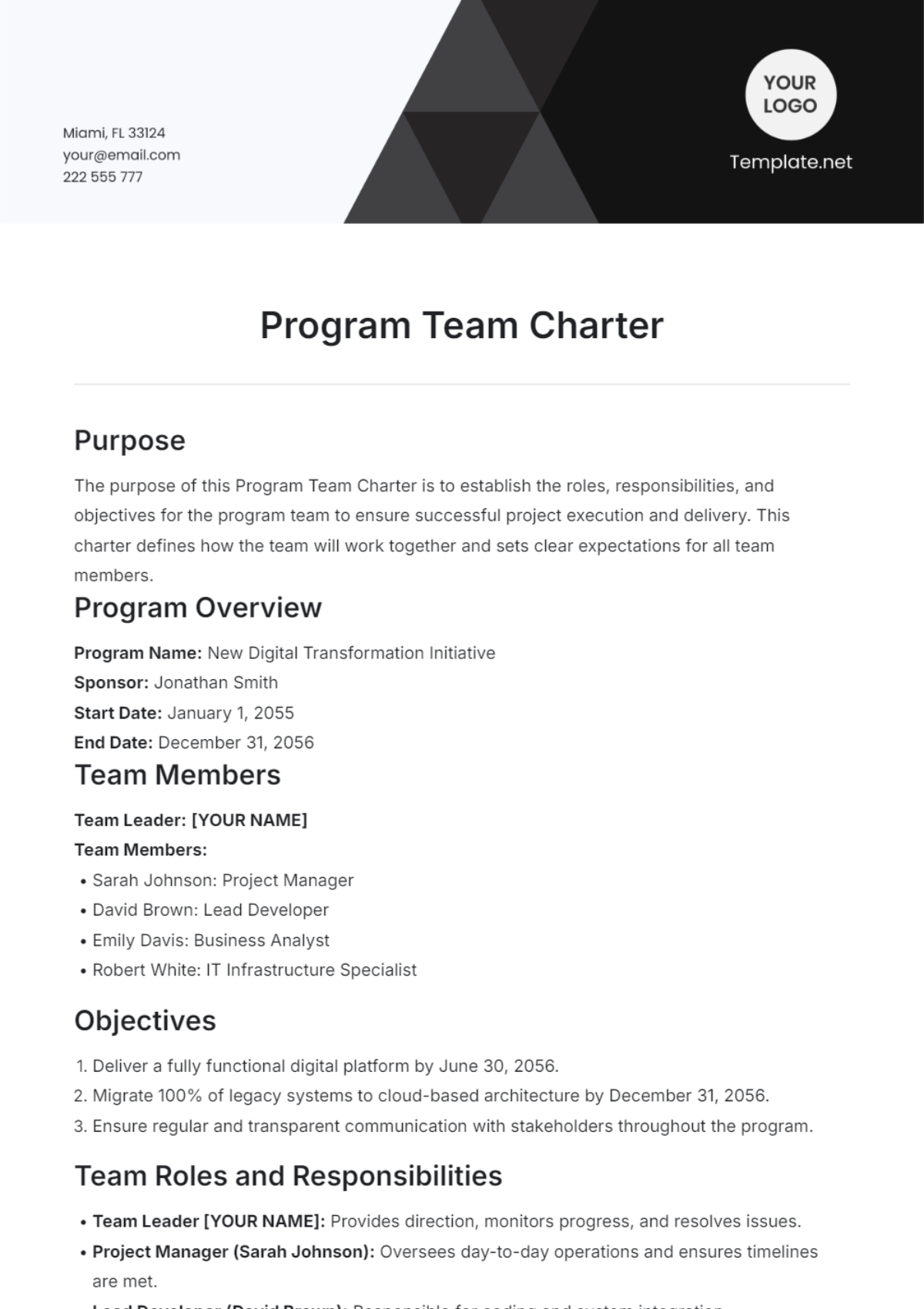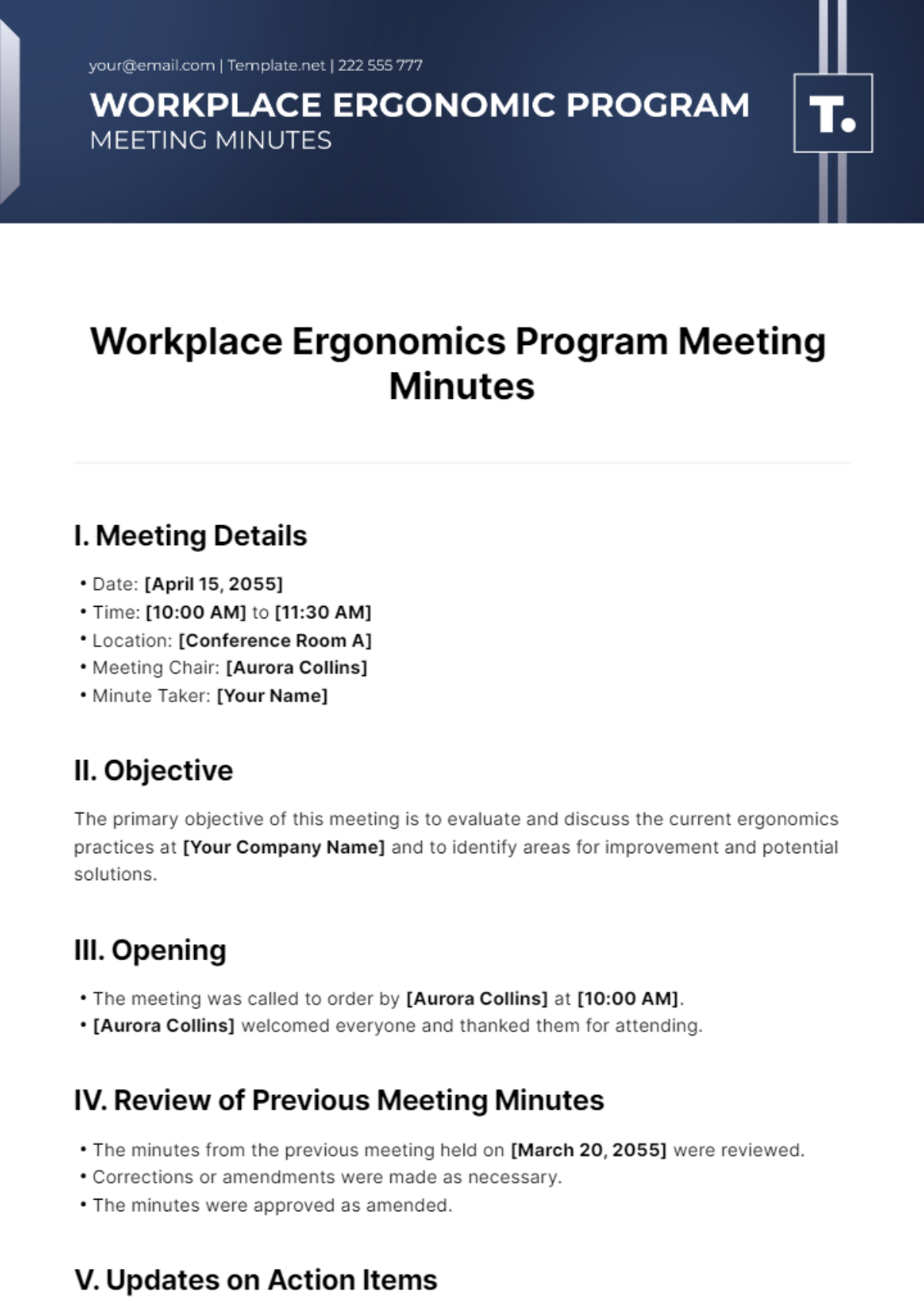Project Program Status Report
Project Name: Corporate Sustainability and Environmental Program
Project Manager: [Your Name]
Project Start Date: [Start Date]
Projected Completion Date: [End Date]
I. Executive Summary
The Corporate Sustainability and Environmental Program is aimed at reducing our organization's carbon footprint, enhancing resource efficiency, and promoting sustainable practices across all departments. The program has successfully initiated several projects focused on renewable energy adoption, waste reduction, and water conservation. Current progress indicates that we are on track to meet our sustainability goals within the projected timeline.
II. Project Progress
Phase | Status | Description | Next Steps |
|---|---|---|---|
Initial Assessment | Completed | Conducted a comprehensive assessment of current environmental impact and resource usage. | Use assessment findings to prioritize projects. |
Renewable Energy Installation | In Progress | Installation of solar panels and wind turbines at main facilities. | Complete installation, and begin operational testing. |
Waste Reduction Initiative | In Progress | Implemented recycling programs and reduced single-use plastics in offices. | Expand the recycling program to production sites. |
Water Conservation Measures | Planned | Develop and install water-saving technologies in all facilities. | Initiate pilot programs in key locations. |
Employee Engagement Campaign | In Progress | Launched campaigns to encourage sustainable practices among employees, including carpooling and reduced paper usage. | Continue engagement efforts, and measure impact on practices. |
III. Key Metrics
Carbon Footprint Reduction: Achieved a 20% reduction in carbon emissions since the start of the program.
Renewable Energy Adoption: 50% of facilities are now partially powered by renewable energy sources.
Waste Reduction: Decreased office waste by 30% through enhanced recycling programs.
Water Conservation: Expected to save 1 million gallons of water annually upon implementation of water-saving technologies.
IV. Risks and Mitigation Strategies
A. Resource Constraints
Risk: Limited financial and human resources may affect the pace and scope of sustainability projects. Budgetary limitations could hinder the implementation of advanced technologies and comprehensive programs necessary to meet our sustainability goals. Additionally, the availability of skilled personnel to manage and execute these projects could pose a significant challenge.
Mitigation: We'll prioritize high-impact, cost-effective projects and seek extra funding through grants, partnerships, and sponsorships. Optimizing resource use and leveraging existing infrastructure and technology is vital. We'll also engage external consultants to address in-house expertise shortages.
B. Employee Participation
Risk: Insufficient employee participation in sustainability initiatives could undermine the success of the program. Employees may be resistant to change or lack motivation to adopt new practices, which could slow down the overall progress of the initiatives.
Mitigation: To foster a culture of sustainability, we will enhance engagement campaigns, implement comprehensive sustainability training, offer incentives like recognition awards and bonuses, and share success stories to motivate employees.
C. Technological Challenges
Risk: The implementation of new sustainability technologies may encounter technical challenges, including integration with existing systems and achieving the expected performance levels. Such challenges could lead to delays and increased costs.
Mitigation: To address technological challenges, we'll conduct feasibility studies and pilot tests before full implementation. Early collaboration with tech providers and experts will help identify and solve issues. A flexible project plan will allow adjustments based on pilot results, ensuring smooth integration and optimal performance.
V. Conclusion
The Sustainability and Environmental Program has made significant strides toward achieving our organization's sustainability goals. Through comprehensive planning, diligent execution, and the involvement of all stakeholders, we have successfully initiated several impactful projects. The reduction in our carbon footprint, increased resource efficiency, and heightened employee engagement are testaments to our commitment to creating a sustainable future.
The benefits of this program extend beyond environmental impact, offering substantial cost savings, enhanced corporate reputation, regulatory compliance, and strengthened community relationships. These benefits not only contribute to our long-term sustainability but also position us as a leader in corporate responsibility and environmental stewardship.

